Sensory Resources in the Dolphins room
Although sensory play is often referred to and thought to be “messy play”, it does not always have to be. Many children are easily over stimulated by tactile input or are too young to play with some materials (in fear that they might choke or get injured). This is where sensory bottles come in. They allow children to use their senses to make sense of their world, while keeping them safe and keeping clean up to a minimum.
Our go to sensory tools at the moment are sensory bottles and sensory bags.
What are sensory bottles?
Sensory bottles go by many names… sensory bottles, discovery bottles, sensory jars, calm down jars, and I am sure many, many more! No matter the name, one thing is common with all of them. Sensory bottles are containers that are filled with various materials as a way to encourage non-messy sensory play. Sensory bags are very much the same, but are mainly filled with either rice or a gel like substance.
What are the benefits?
Skill building:
- Math: Counting, Ordinal Numbers, Matching, Addition, Shapes, Number Recognition;
- Language: Receptive Language (asking questions), Descriptive Language, Following 2-3 step Directions, Vocabulary Development;
- Social Skills: Sharing, Communication, Problem Solving, managing emotions;
- Science: Sink/Float, Absorption, Classification, Sorting, Predictions, Observation; and
- Sensory: the ability to recognise, compare and distinguish between sounds, the brain’s ability to receive, interpret, and act upon visual stimuli, Proprioceptive input which is the sensory input we gain into our joints and muscles to tell us about our movements and body position and vestibular activities which include any movements that involve thehead moving through space (e.g. forward and back, side to side, up and down.
The most obvious benefit of sensory bottles would be their direct connection to sensory play. Sensory play is a hands on way to expose children to the world around them and allow their brains to make important connection. Sensory bottles address a wide range of skills and concepts and can be adapted to meet the needs of the children using them.
Adding to our collection
With the Dolphin children exploring and recognising their emotions recently, we decided to add a new sensory bottle to our collection, to involve our new children in the room.
We set up the experience on the art table using an empty water bottle and various yellow items.
We offered;
- Feathers;
- Little yellow silicone ducks;
- Jewels;
- Beads; and of course
- Glitter.
Once the children finished taking turns adding our yellow items, we added water, clear glue and yellow food colouring.
It was amazing to hear the children “ooh”and “aah” when they saw it all mix together. They also had fun looking for the other items they had placed into the bottle. The children are constantly picking it up from the shelf to admire it and name all the items in the bottle. These bottles are a wonderful redirection tool for calming temporary emotions, being present, stimulating senses and building nerve connections to the brain.
Try it at home
Once you have this tool at home, you will be thanking us for years to come.
Firstly, choose your theme, then you will need:
- Plastic Voss bottles ( woolies and coles sell these in the drink aisle) Optional -use a jar.
- Assortment of things to place in the bottle;
- Water
- Clear glue
- Food colouring (optional)
- Sticky tape to secure the lid closed.
” Tell me and I’ll forget,
Show me and I may remember,
Involve me and I’ll learn”
Benjamin Frankin
As teachers, this is one of our favourite and most relevant quotes because it harnesses decision making, pride, accomplishment and satisfaction.
Involving children in decision-making educates them about the decision-making process and they will gain experience. The greatest amount of satisfaction and fulfilment comes from a good choice, a good decision. Wrong decision making is an essential part of their journey towards maturity, but teaching them cause and effect, good and bad, is all part of the process.
One of the best ways to cultivate these qualities is to give your children responsibilities, both around the house and in their lives in general. When children are required to do various tasks, they learn self-discipline, time management, empathy, and the consequences of actions.
That is all from us this month!
Feel free to leave us a comment on how your sensory experience went at home.
Miss Jodie, Miss Sabrina and the Dolphins.
Also please follow our Facebook and Instagram Pages and stay up to date


